Question #2 on quiz
I don't remember the exact wording of question #2 on the quiz but I think it asked what the area above the curve $z=-\sqrt{x^2+y^2}$ and below $z=\sqrt{x^2+y^2}$ inside the cylinder $x^2+y^2=1$; evaluate $\int\int\int (z) dV$.
My answer came out to be zero but I don't think that is correct. If anybody understands this problem or has any ideas, please post them.
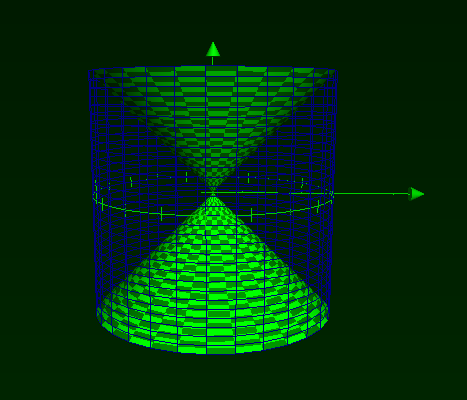
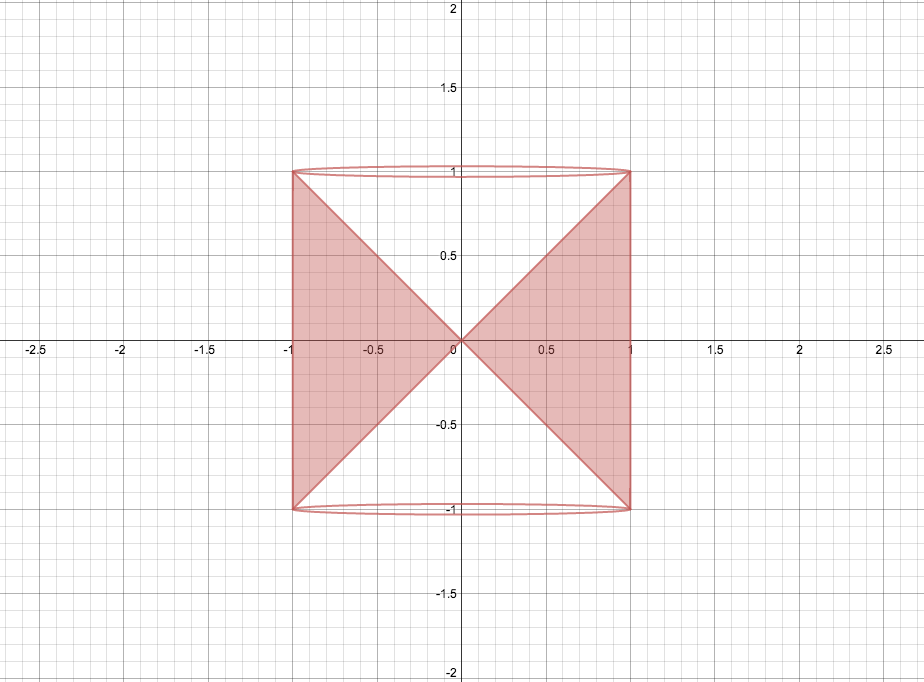
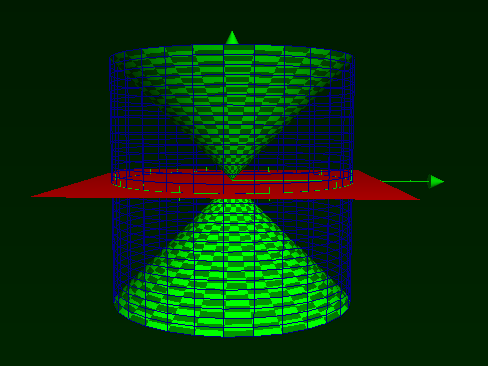
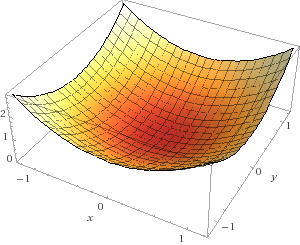 $$\Huge-$$
$$\Huge-$$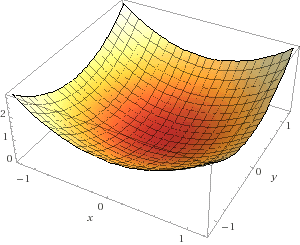 $$\Huge=$$$$\Huge(0)$$ Which are the graphs of $(r^2)$ and $(-r)^2$ and from examination it can be noticed that you are subtracting the function from itself, ending up with $\biggr.{(0)}$ and then following through with the rest of the integral which is multiplied by $\biggr.{(0)}$, ending up with $\biggr.{(0)}$.
$$\Huge=$$$$\Huge(0)$$ Which are the graphs of $(r^2)$ and $(-r)^2$ and from examination it can be noticed that you are subtracting the function from itself, ending up with $\biggr.{(0)}$ and then following through with the rest of the integral which is multiplied by $\biggr.{(0)}$, ending up with $\biggr.{(0)}$.